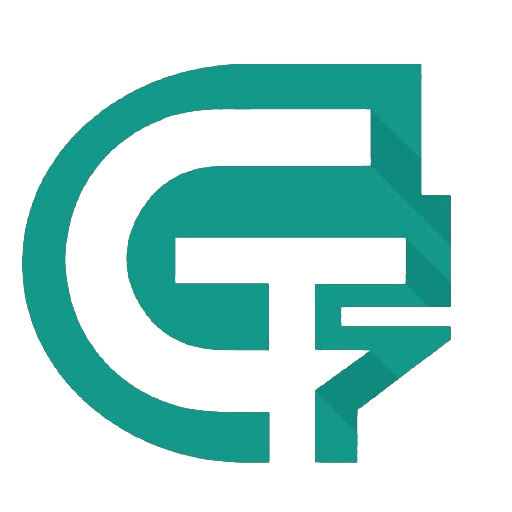In today’s fast-paced work environment, effective project management is crucial for ensuring that teams stay organized, meet deadlines, and achieve their goals. A project management tool can be a game-changer, helping teams streamline workflows, collaborate efficiently, and track progress in real-time. However, with so many options available, choosing the right tool for your team can be overwhelming. This guide will walk you through the key steps to selecting the perfect project management tool that aligns with your team’s needs and boosts productivity.
1. Define Your Team’s Needs
Before diving into the sea of project management tools, it’s essential to understand your team’s specific requirements. Ask yourself the following questions:
- What processes do you need to manage? Are you handling task assignments, timelines, resource allocation, or all of the above?
- What type of interface works best for your team? Do you need a simple, user-friendly tool, or are you looking for advanced features and customization options?
- What data do you need to track? Consider metrics like task completion rates, time tracking, budget management, and team performance.
By identifying your team’s unique needs, you can narrow down your options and focus on tools that offer the right features.
2. Set Your Budget
Project management tools come in a wide range of prices, from free versions with basic features to premium plans with advanced functionalities. Setting a budget early in the process will help you avoid overspending and ensure you get the best value for your money.
- Free Tools: Ideal for small teams or startups with limited budgets. Examples include Trello and Asana’s free plan.
- Mid-Range Tools: Offer more features and scalability for growing teams. Examples include Monday.com and ClickUp.
- Enterprise Solutions: Designed for large organizations with complex needs. Examples include Jira and Microsoft Project.
Remember to consider long-term costs, such as subscription fees, additional user licenses, and potential upgrades.
3. Do Your Research
Once you’ve defined your needs and set a budget, it’s time to research the available options. Here’s how to make an informed decision:
- Read Reviews: Check out user reviews on platforms like G2, Capterra, and Trustpilot to get insights into the pros and cons of each tool.
- Ask for Recommendations: Reach out to peers or industry groups for recommendations based on their experiences.
- Test Drive: Many tools offer free trials or demos. Take advantage of these to explore the interface, test features, and see how well the tool fits your team’s workflow.
4. Evaluate Key Features
Not all project management tools are created equal. Here are some essential features to look for:
- Task Management: Assign tasks, set deadlines, and track progress.
- Collaboration Tools: Facilitate communication through chat, comments, and file sharing.
- Time Tracking: Monitor how much time is spent on tasks and projects.
- Reporting and Analytics: Generate reports to analyze team performance and project outcomes.
- Integration Capabilities: Ensure the tool integrates with other software your team uses, such as Slack, Google Workspace, or Zoom.
- Mobile Accessibility: Choose a tool with a mobile app for on-the-go access.
5. Consider Ease of Use
A project management tool is only effective if your team actually uses it. Look for a tool with an intuitive interface and a short learning curve. Complicated tools can lead to frustration and resistance from team members, defeating the purpose of improving productivity.
6. Plan for Implementation and Training
Once you’ve chosen a tool, the next step is implementation. Here’s how to ensure a smooth transition:
- Create an Implementation Plan: Outline the steps for setting up the tool, migrating data, and onboarding your team.
- Provide Training: Offer training sessions or tutorials to help your team get comfortable with the new tool.
- Assign a Champion: Designate a team member to serve as the go-to person for questions and troubleshooting.
7. Monitor and Adjust
After implementing the tool, monitor its effectiveness and gather feedback from your team. Be open to making adjustments or exploring additional features to maximize its value.
Top Project Management Tools to Consider
Here are some popular project management tools to explore:
- Trello: Ideal for visual task management using boards and cards.
- Asana: Great for task tracking and team collaboration.
- Monday.com: Offers customizable workflows and automation.
- ClickUp: A versatile tool with robust features for teams of all sizes.
- Jira: Best for software development teams using Agile methodologies.
- Microsoft Project: A comprehensive tool for large-scale project management.
Conclusion
Choosing the right project management tool is a critical decision that can significantly impact your team’s productivity and success. By defining your team’s needs, setting a budget, researching options, and evaluating key features, you can find a tool that aligns with your goals and enhances your workflow. Remember, the best tool is one that your team will actually use and benefit from.
Take the time to explore your options, involve your team in the decision-making process, and invest in a tool that will help you achieve your project management goals. With the right tool in place, your team will be well-equipped to tackle any project with confidence and efficiency.

